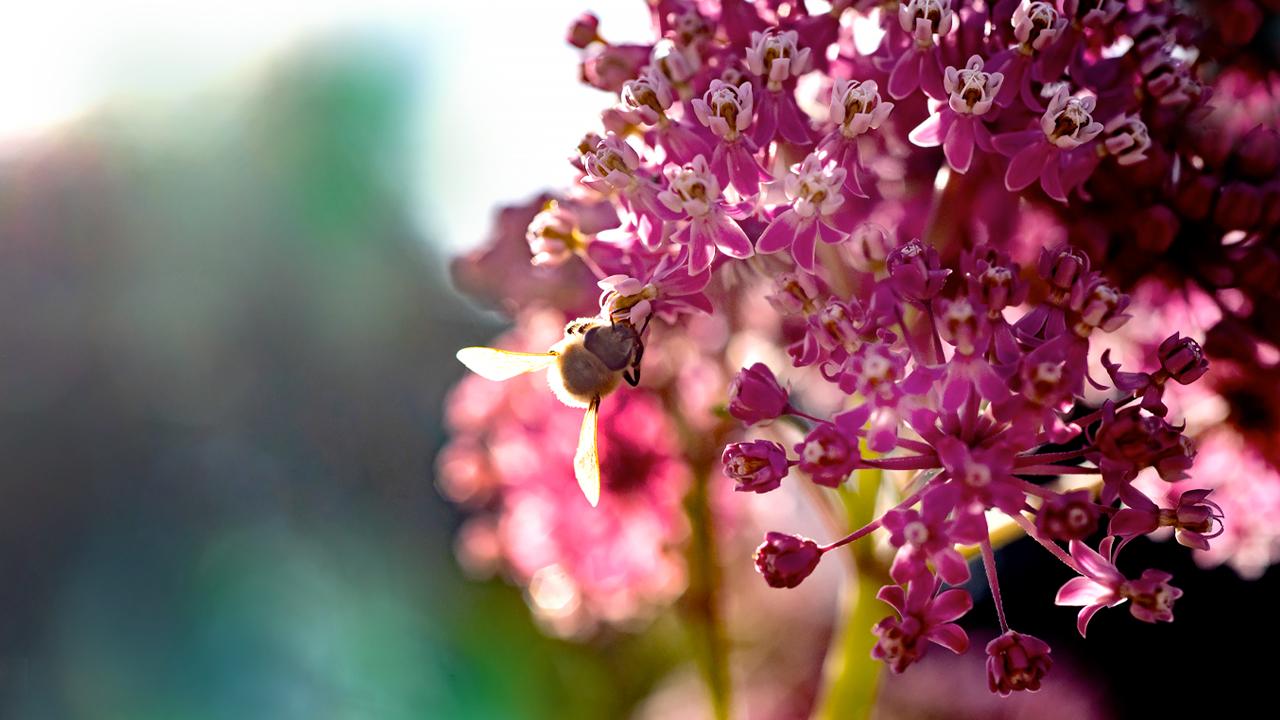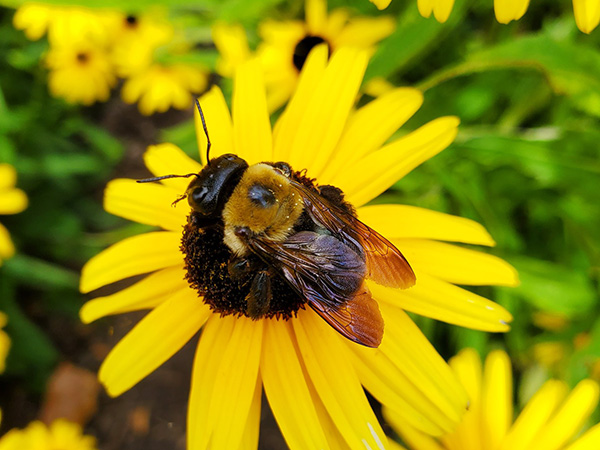
Budburst
Budburst is a project of the Chicago Botanic Garden
Budburst brings researchers, educators, gardeners, and community members together for a community science project to uncover the stories of plants and animals affected by human impacts on the environment.


As a Budburst community scientist, you may invest as much or as little time as you like. You may observe and report on one or more plants over one season or over many years, or report on one plant observed for one day. All data contributions are valuable.
Plants and animals don't have calendars or watches, but many of them take cues from the changing seasons. Changes in weather with the seasons, such as temperature and precipitation, signal many organisms to enter new phases of their lives. Studying the timing of these biological events is called phenology.
Phenology in plants is directly affected by temperature, rainfall, and day length. While these factors change through the year in places where there are distinct seasons, the first two—temperature and rainfall—are also changing in many regions because of climate change. Today, global change in climate is affecting the timing of warming temperatures in the spring and cooling temperatures in the fall worldwide.
Changes in phenology due to climate change can have a significant impact on how we humans live our lives and interact with our environment on a daily basis. As the climate warms, plants may become out of sync with the insects that pollinate them. If an insect is still a larva when the flowers bloom, for example, it will not be able to fly from flower to flower to transport pollen. Without pollination, the flowers will not be fertilized and will not produce fruit. This is detrimental to our food supply.
Budburst is one of many studies investigating the impacts of global change in specific places. When you report to Budburst about how and when the plants in your garden, park, town, or city are changing with the seasons, you are contributing scientific data that can help us understand how plants are responding to this year's seasons and long-term changes in climate. Scientists are using data about the timing of seasonal changes in species in computer models to predict how climate and ecosystems will change decades and even centuries into the future.
You can get started right now in three easy steps:
The arrival of spring gets a lot of attention in terms of phenological events, with flowers emerging from their winter slumber. However, spring, summer, fall, and winter phases are all valuable. In the case of Budburst, don't let our name fool you—we want to know when you first notice the signs of all seasonal change in plants, like when the leaves change color in the fall and when summer wildflowers wither and finish their life cycle.
You can tell us about these changes by making observations and sharing them with us through our website. By joining Budburst, you will be part of a community of thousands of people across the country that are furthering the understanding of plant phenology.
These observations are used to better understand how plant species and ecosystems respond to changes in climate locally, regionally, and nationally. Our projects and challenges reflect the many ecological questions and issues raised by the ways humans impact the environment and how plants respond to those changes.
You may also want to join or form a Budburst Group. Groups allow for collaborative work and sharing observations. They are great for classes, clubs, nature centers, and other organizations.
We also offer curricula for using Budburst in education. Our publicly available curriculum covers topics such as climate change, plant life cycles, and pollinators. We connect learners with opportunities to participate in and contribute to real world research projects through the Budburst program.
Do you have a Budburst-related research question? Can the greater Budburst community help? We would like to know what data you think would be useful and how you would like to use it. Share your ideas at Click here to show mail address.

